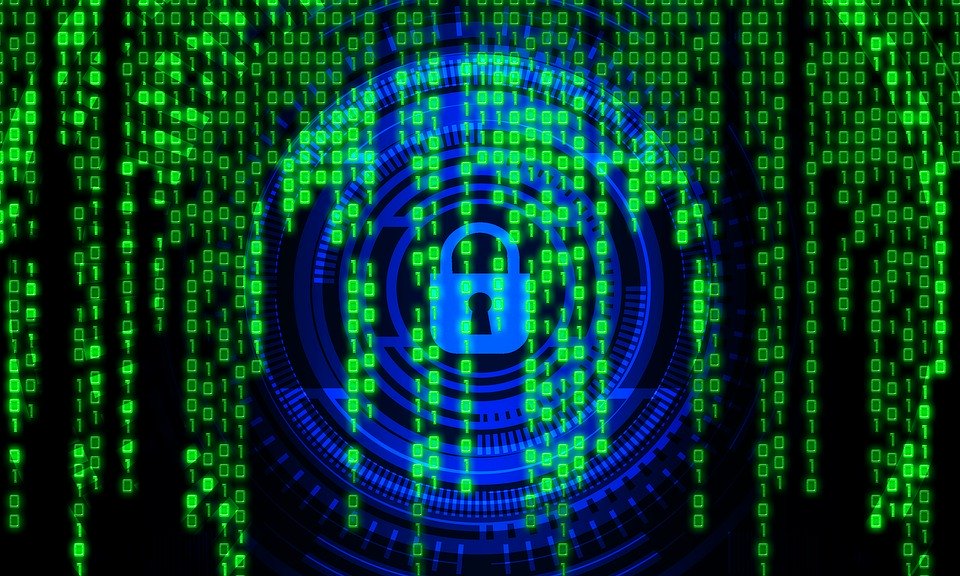
While there was a gradual increase in the number of people working from home before 2020, these figures skyrocketed once the coronavirus pandemic saw companies forced to implement remote work protocols to keep their businesses running.
While this presents a chance for companies to save costs on office space and other expenses, remote working also brings into play a new set of headaches for employers. Primary among these is the risk that remote working presents to a company’s cybersecurity. Here are some risks and how to mitigate them:
Movement of information
Employees are now working on systems and devices from home, often emailing files and documents between themselves. Sometimes, they work on live systems that continuously update and upload data to a server. The risk here is that this information can be intercepted by hackers looking for ways to get inside a company’s network and commit cybertheft.
Fortunately, secure file transfer software ensures that no harm can come to your company data while it is in transit. GoAnywhere offers MFT (managed file transfer) solutions to companies looking to streamline data transfer without compromising safety. This includes securing email correspondence, which experts have identified as a vulnerable point for hackers to exploit. Recent hacks have proven that the easiest place for hackers to enter a system is via its email setup.
Lack of training
Many data breaches occur due to human error, with someone being careless with their password, leaving their device unattended while logged in, or trying to circumvent the system by sending emails from their private account. Typically, this is down to a lack of understanding of the nature and significance of cyber risks. Few employees would deliberately put their employer’s future at risk.
Therefore, it comes down to ignorance, which the company can remediate by providing employees with sufficient training about cyber risks and the strategies and solutions in place to mitigate them.
Education and training about cybersecurity can be the difference between its success or failure. This should be done during induction processes and whenever there are updates to current measures.
Getting employees to understand the need for cybersecurity and their role in ensuring it is at least half the battle won. From there, it is a case of equipping them with an understanding of how your systems work.
Unsecured Wi-Fi networks
Employers who do not work from your company’s offices rely on other Wi-Fi connections to get online. As most work from home, they use their existing internet setup. However, it might not be as secure as it should.
As an employer who pays someone to work from home, you should be able to ask that person about their Wi-Fi setup and what security measures they have in place to prevent unauthorized access. This should include robust passwords.
Employees should be cautioned against using public Wi-Fi networks. These typically have no password requirements, making them a hacker’s paradise. It would be a substantial cyber risk for an employee to work on their laptop accessing sensitive information about your company while sitting at their local coffee shop.
Physical safety of devices
When someone knows that you have sensitive information on your computer that could earn them money, you become a target. In several instances, company employees have been attacked on the street and had their devices stolen. While this might sound like an ordinary mugging, this is not the case when a person was targeted for the data they have access to.
Employees should avoid working on their devices in public spaces or be extremely vigilant while doing so. They should not allow family members to use this computer for personal reasons.
